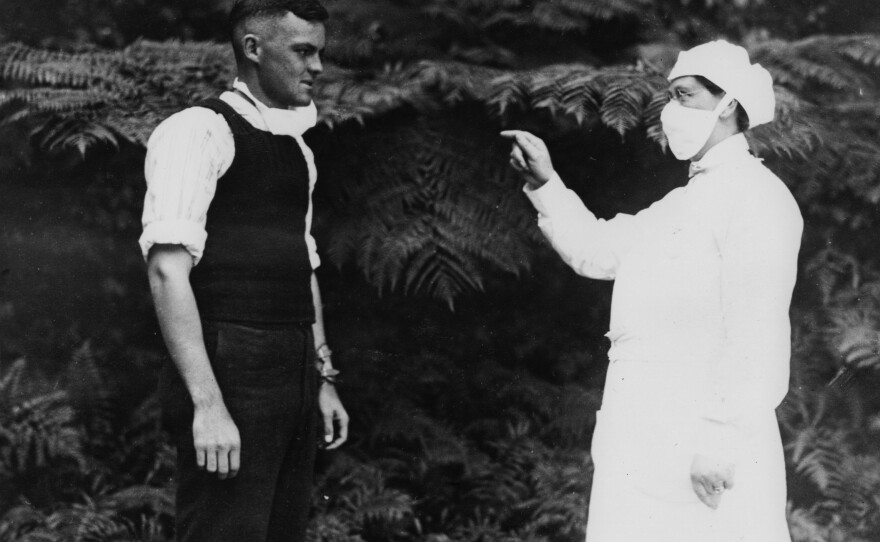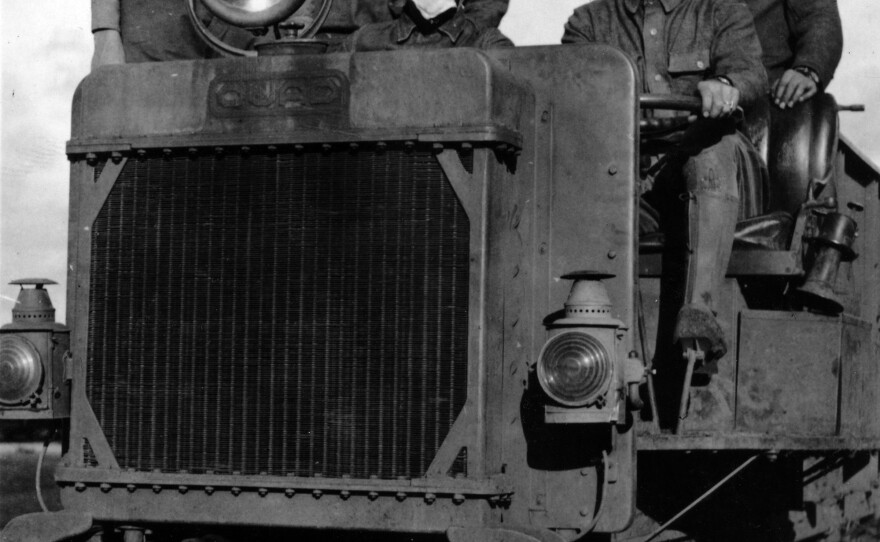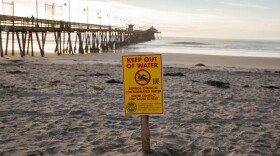The coronavirus pandemic and its resulting impacts, feel like nothing we've ever experienced, but it’s not the first time a virus has swept the globe.
Looking back at the last major pandemic, the 1918 flu, can inform our responses and add context to our current challenges.
The San Diego History Center has photos, newspapers and diaries from the 1900s that show us what people in San Diego County experienced during the 1918 flu.

"They shut down all the schools, theaters, movie houses, gyms, pool halls, churches, although one exception was the libraries. The libraries stayed open, but you could only check out a book, you couldn't go there to the reading room, you just pick up a book and go back home," said Iris Engstrand, professor emeritus of history at the University of San Diego.

In a press briefing earlier this month, San Diego County Supervisor Nathan Fletcher said that in 1918, a number of areas didn't move fast enough to put in restrictions and lifted them too soon, which lead to more cases and deaths.
An estimated 50 million people died from the 1918 flu. San Diego County, which had a population of 75,000 at the time, had over 5,000 cases and about 366 deaths, Engstrand said.
"It sounds little, but if you multiplied it in terms of what we have today of 1.3 million that would translate into almost 90,000 cases and more than 6,000 deaths," she said.
As of Sunday, San Diego County had nearly 2,300 coronavirus cases and 71 deaths.
Meanwhile, the San Diego History Center has launched a project to collect people's stories of the coronavirus pandemic.
"We're documenting history as it happens and these are historic times," said Elsa Sevilla, director of external affairs at the History Center.
Engstrand and Sevilla joined Midday Edition on Monday to reflect on lessons learned from the 1918 flu pandemic in San Diego.








